Emergent aquaculture technologies in Myanmar: opportunities and key outcomes
Published on: April 28, 2020, Submitted by Megi Cullhaj on: April 9, 2020, Reporting year: 2019
In Myanmar, 3,654 households direct households have adopted improved management practices and technologies in their ponds. Money generated from ponds has helped household's finances, clearly indicated by the role of aquaculture in the total income of households. Aquaculture has become an important source of income. The value of income gained by the overall direct beneficiaries was USD 900,000. Over 10,000 households that indirectly benefited via awareness raising and exposure to knowledge, sharing and learning
Unpacking GIFT seed
Aquaculture production in Myanmar has grown at a rate of around 9% per year since 2004, driven by an increase in demand, production and associated income. Fish production has increased significantly in Myanmar over the last decade, due to an increase in farmed area as well as productivity. Aquaculture plays an important and increasing role in fish for consumption in Myanmar, yet still below fish of capture origin. However, one of the most striking features of aquaculture in Myanmar is the apparent absence of a vibrant small-scale aquaculture sub-sector. Even if the trend of aquaculture in Myanmar is positive so far, the growth of this sector has been disproportionately influenced and constrained by several factors including existing land use policy, despite significant potential contribution of small-scale aquaculture to local and regional markets providing increased income and nutrition (Belton et al., 2015). In Myanmar, aquaculture development faces key constraints including a lack of a comprehensive information base on aquaculture, a lack of proven management approaches and technologies for the scaling-out of suitable innovations, a poorly developed domestic market, and most importantly unclear land tenure.
In this context, with funding support from the Livelihoods and Food Security Fund (LIFT), FISH experts have sought to better understand adoption of Small Scale Aquaculture (SSA) in Myanmar and how different aquaculture investments can be sustained and promising innovations can grow to a scale. On this purpose, low cost SSA technologies incorporating small indigenous fish species mainly with carps and tilapias to increase income, food and nutrition security for resource-poor households were introduced in the Ayeyarwady Delta and the central dry zone covering a total of eighteen townships.
This was achieved through capacity building, upgrading government fish hatcheries, introducing genetically improved farmed tilapia (GIFT), establishing small feed mills, fish seed nurseries, disseminating knowledge on SSA technologies nutrition and gender messages to beneficiaries. Pond technologies generated by FISH research were adapted and introduced in the local context. Their adoption has showed a positive impact on the fish production , with a consequent increase in income and food security for over 3,654 HHs . In dry zones, where fish products are scarcer, having a source of fish available to the household has a higher livelihood importance.
Farmer participatory research and endline survey carried out showed that fish production could be substantially increased using available yet unused water resources through adoption of improved extensive aquaculture technologies. The technologies were tested in existing earthen ponds, Chan myaung (garden-irrigation systems) and WISH ponds (Water and Fish artificial ponds lined with tarpaulin). The Chan Myaung and WISH pond technologies were adapted and introduced in rural and urban contexts respectively. Both systems demonstrated considerable potential as a source of additional household income and food with potential for wider adoption in Myanmar . Some of the key outcomes are:
- More than 2.6 million fingerlings including seeds produced in project nurseries were accessed and stocked by 3,654 HHs in their ponds, Chan Myaung and WISH ponds.
- Around 1.5 million fish fries were nursed in 56 nurseries established by the project. A total of 119,452 kg of pellet feed were produced in 32 small feed mills established by the project.
- The value of income gained by the project’s direct beneficiaries from the key income sources, such as grow-out, feed and nurseries, was USD 900,000 while the income per household was USD 249.
- On average, households who stocked mola in their ponds were able to consume an amount between 6kg and 9kg per household. It is noteworthy that 100g of raw edible parts of mola can contain approximately 2680 RAE vitamin-A (FAO 2014).
Small indigenous species, including mola, are rich in micro-nutrients, have the highest percentage of vitamin A, and a high content of calcium and iron. Daily consumption of these species will be helpful in combatting malnutrition, which is currently of major concern in rural Myanmar. Increasing production levels and associated availability of fish in the Central Dry Zone could ultimately benefit the poorest households through strengthening ‘indirect consumption linkages’. If including the income from the over 10,000 households that indirectly benefitted via awareness raising and exposure to knowledge, sharing and learning, the project’s investment would be approximately USD 1.25 million. Overall, the estimated total income would be USD 2.16 million.
Stage of Maturity and Sphere of influence
-
Stage of Maturity: Stage 2
-
Contributions in sphere of influence:
1.3.2 - Increased livelihood opportunities
Acknowledgement
This work was undertaken as part of the CGIAR Research Program on Fish Agri-Food Systems (FISH) led by WorldFish. The program is supported by contributors to the CGIAR Trust Fund. Funding support for this work was provided by the Livelihoods and Food Security Fund (LIFT) under the Myanmar Fish Culture (MYFC) project.
For further details on the project, contact the project Leader Karim Manjurul K.Manjurul@cgiar.org
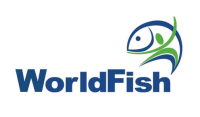
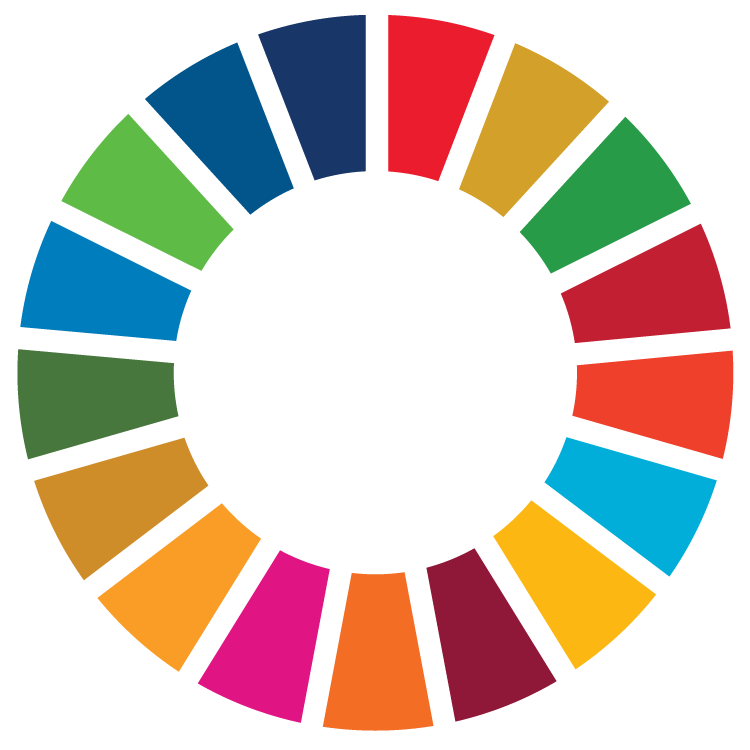
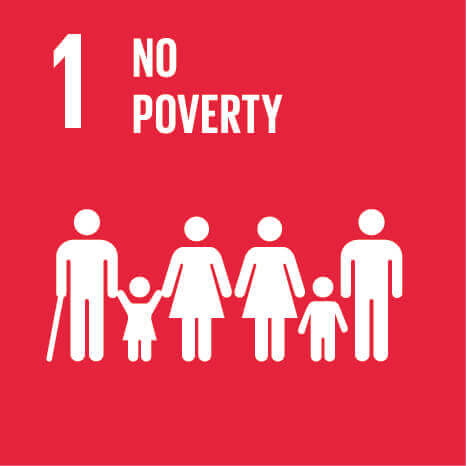
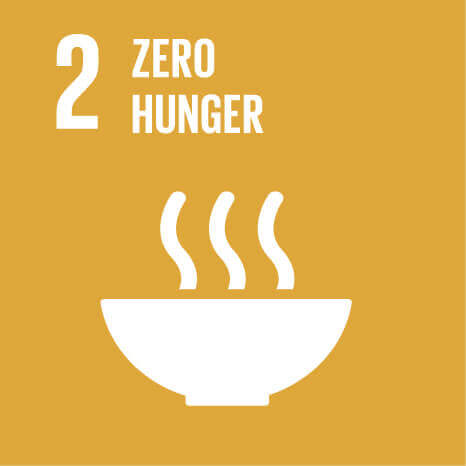
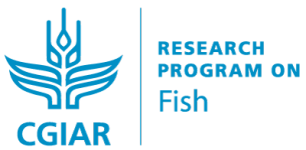






.JPG)